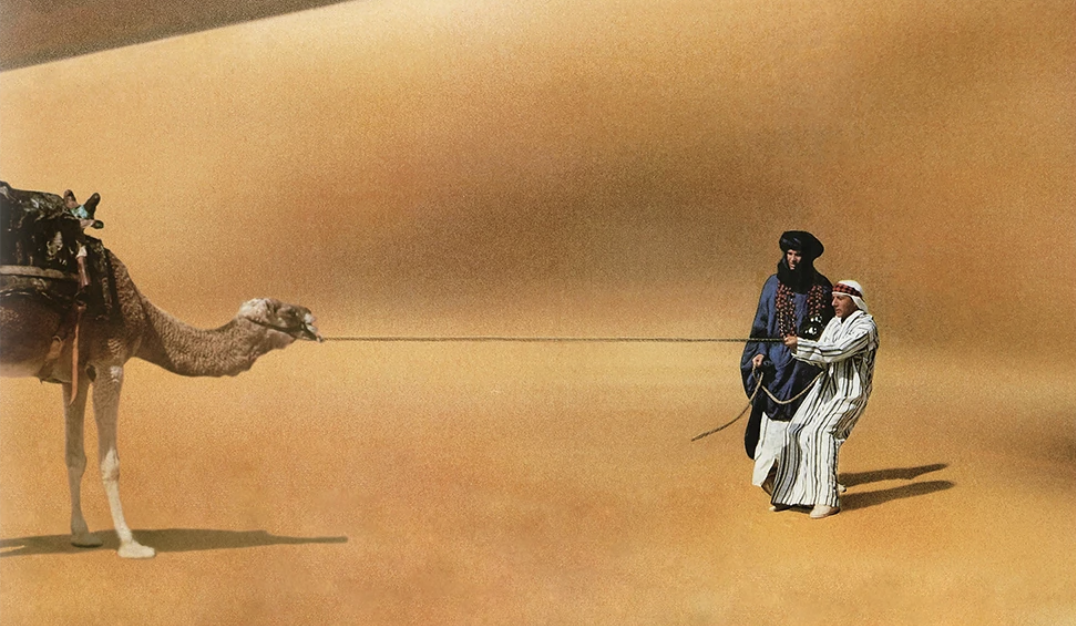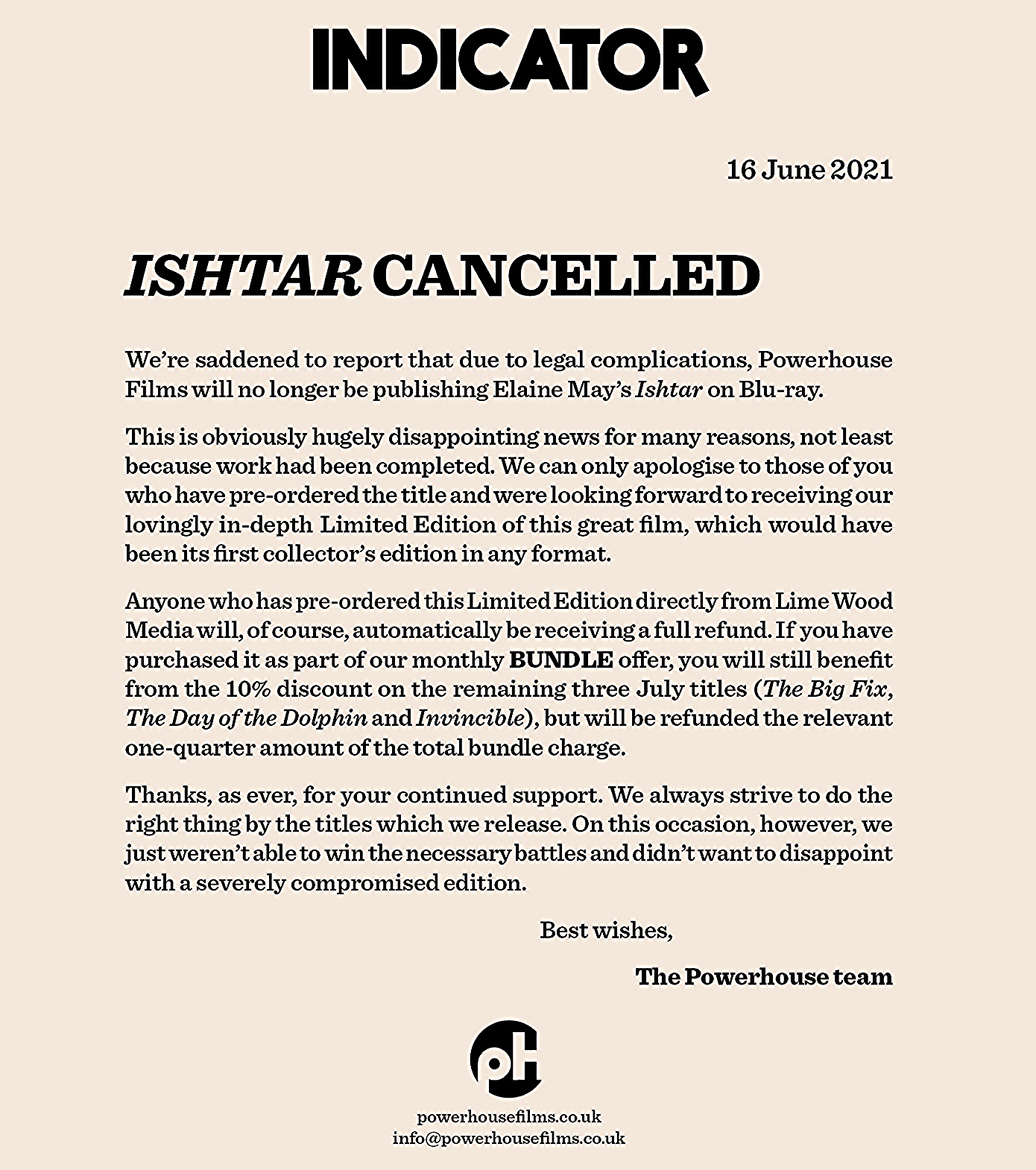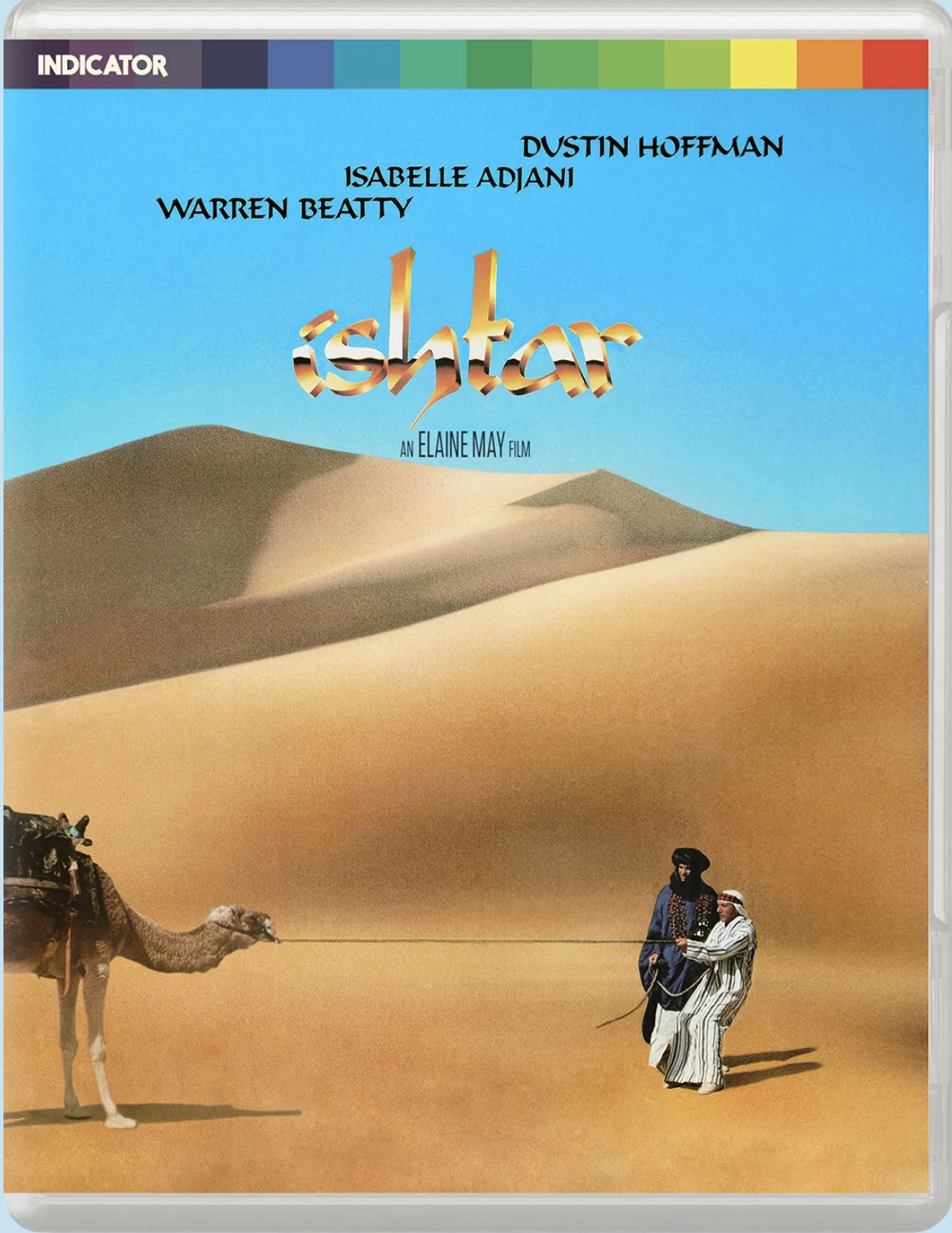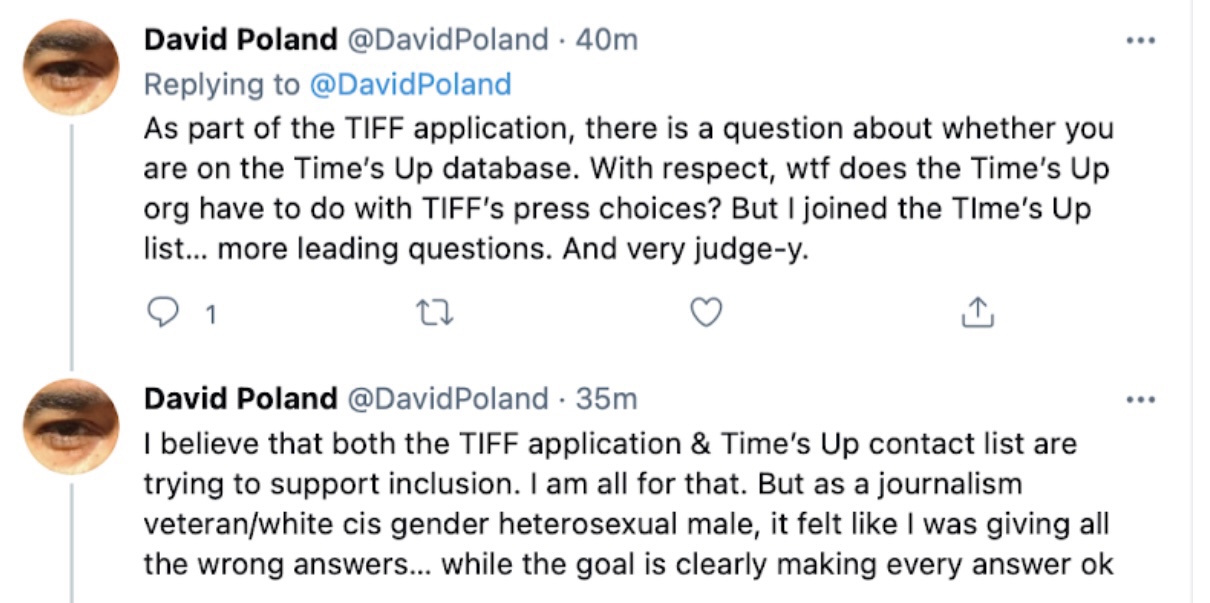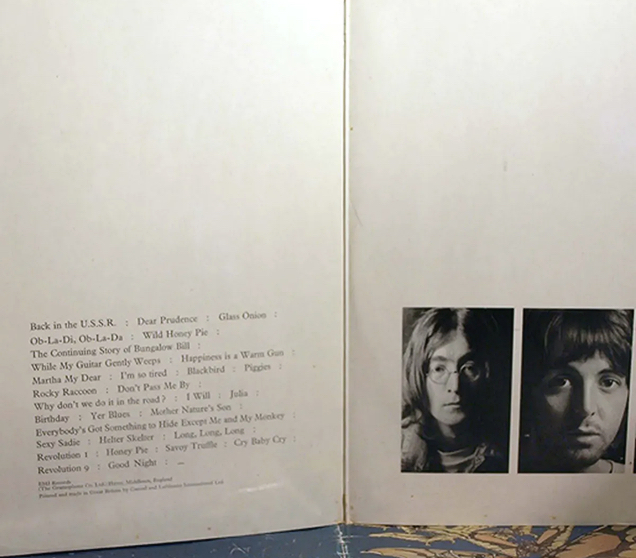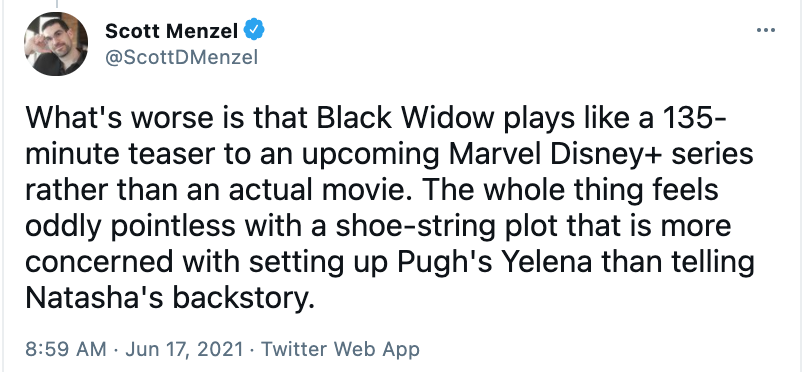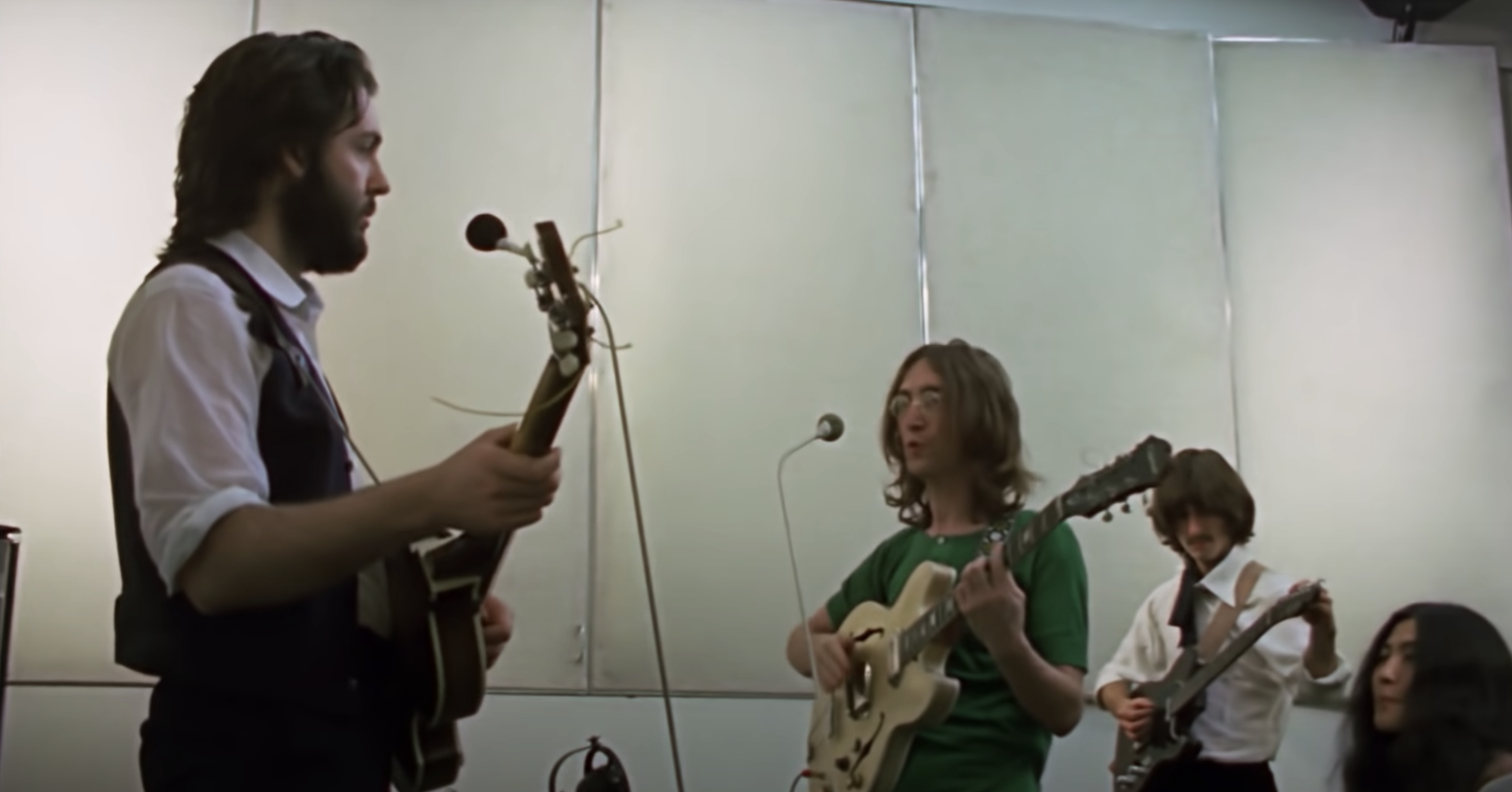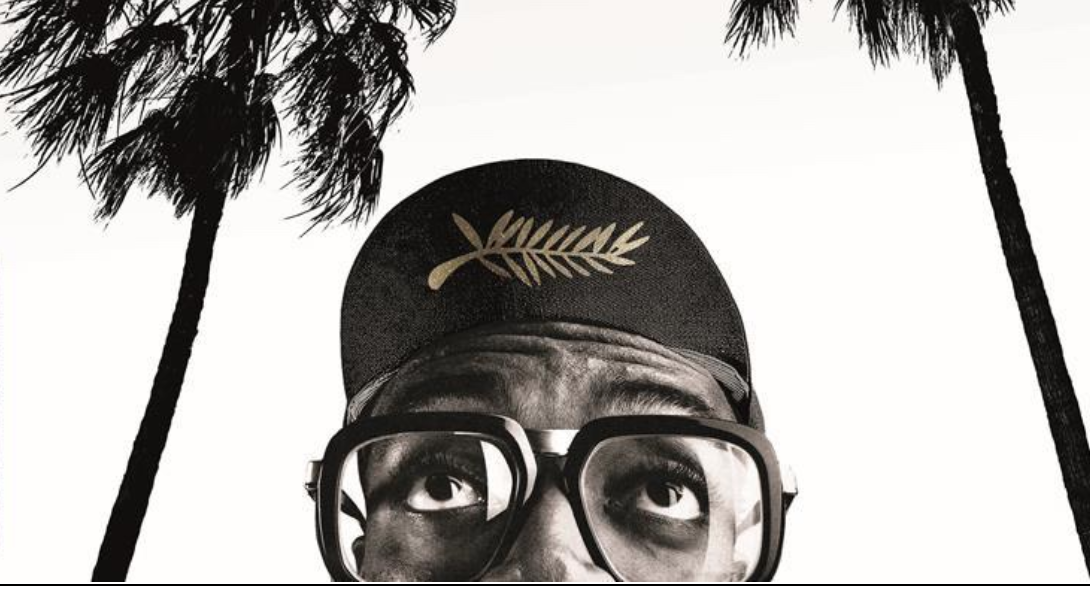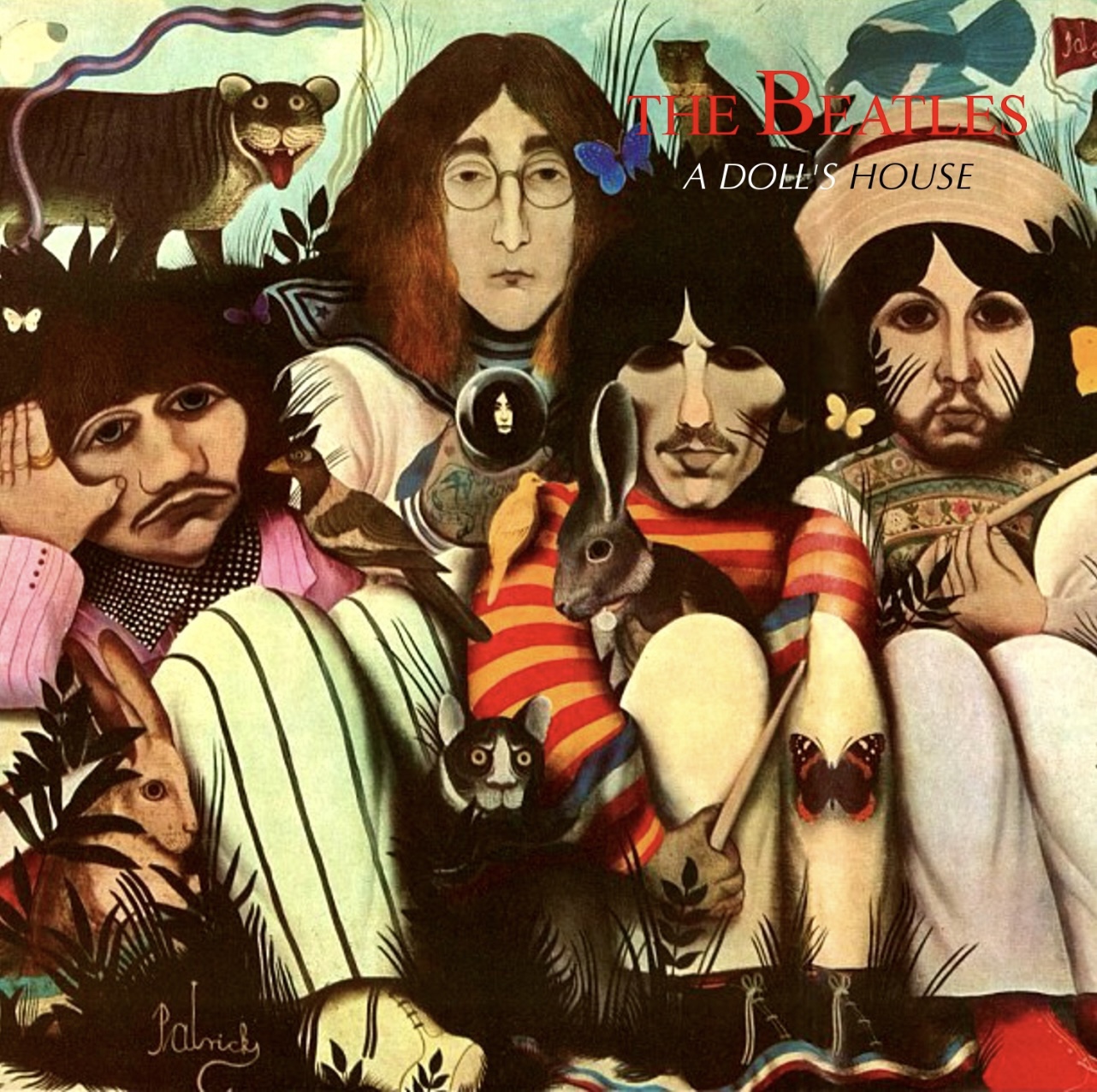On 6.15 the Ringer podcast (Bill Simmons, Chris Ryan, Sean Fennessey) mentioned a post I did about the old Billy Crystal-Bruno Kirby feud (“When Billy Screwed Bruno,” 8.24.06). The post appeared ten days after Kirby‘s death from lukemia on 8.14.06.
Here’s the original post, which was basically a riff on an article by New York-based journalist Nicholas Stix. I’ve also re-posted a response to Mark Evanier‘s POV Online discussion (dead link) of the Stix article.
Here it is: This article by New York journalist Nicholas Stix (posted on Tuesday and updated today) could have been called “When Billy Shafted Bruno.” It’s not mentioned in the lead graph or the second or third graph, but the heart of the story provides indications and quotes supporting a thesis that Billy Crystal “made” the career of the late Bruno Kirby, who died last week, and then he un-made him.
Or so the indicators indicate. Crystal certainly seems to have had an indirect hand in limiting Kirby’s acting opportunities and may have been, in a sense, a “career- killing ogre” as far as Kirby was concerned. By all means read Stix’s article, but in a nutshell it says the following:

(a) “Kirby, whose first big role was young Clemenza in The Godfather, Part II, was one of the hottest character actors in Hollywood in the late 1980s, through 1991. Kirby’s high point was Rob Reiner‘s When Harry Met Sally (1989), in which Kirby played the male second banana as the sportswriter-best friend of Crystal’s character. Sally would prove to be one of the greatest romantic comedies ever made, and the high point in the career of everyone involved in the production.”
(b) “In 1991, Kirby had an even more substantial role in City Slickers as Crystal’s character’s macho friend,. That same year, Kirby also won acclaim on Broadway, replacing Kevin Spacey as the male lead, playing the smallest of small-timers, would-be gangster ‘Uncle Louie’ in Neil Simon’s memory play, Lost in Yonkers which won four Tony awards.”
(c) “At that point, Kirby was one of the top character actors in the business, his career on a trajectory that was leading inexorably to Oscar nominations, and perhaps even a golden statuette. And then his career tanked. Following City Slickers, the names of most of the pictures he was in were so forgettable — obscure, direct-to-video duds that I had never even heard of — that I instantly forgot them.”
(d) “During or shortly after the making of City Slickers, Kirby and Crystal had a falling out, and not only would Crystal no longer work with Kirby, but neither would any of the many producers and directors associated with Crystal. As a result, while Kirby continued to work, he was cast in fewer movies and the ones he was cast in were, well … take a look for yourself: Golden Gate (1994), Heavenzapoppin’! (1996), A Slipping-Down Life (1999), History Is Made at Night (1999), One Eyed King (2001).

